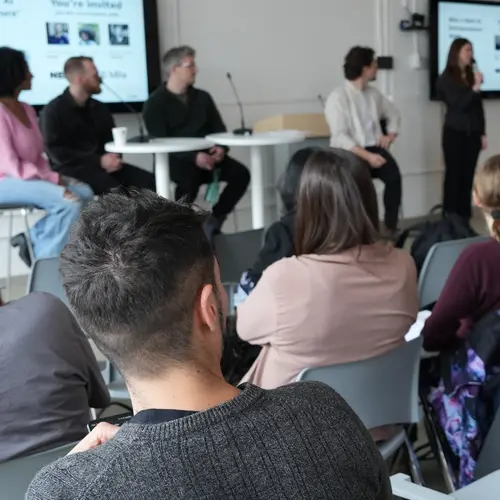
Jian Tang
Biographie
Jian Tang est professeur agrégé au département de sciences de la décision de HEC. Il est aussi professeur associé au département informatique et recherche opérationnelle (DIRO) de l'Université de Montréal et un membre académique principal à Mila – Institut québécois d’intelligence artificielle. Il est titulaire d'une chaire de recherche en IA Canada-CIFAR et le fondateur de BioGeometry, une entreprise en démarrage spécialisée dans l'IA générative pour la découverte d'anticorps. Ses principaux domaines de recherche sont les modèles génératifs profonds, l'apprentissage automatique des graphes et leurs applications à la découverte de médicaments. Il est un leader international dans le domaine de l'apprentissage automatique des graphes, et son travail représentatif sur l'apprentissage de la représentation des nœuds, LINE, a été largement reconnu et cité plus de 5 000 fois. Il a également réalisé de nombreux travaux pionniers sur l'IA pour la découverte de médicaments, notamment le premier cadre d'apprentissage automatique à source ouverte pour la découverte de médicaments, TorchDrug et TorchProtein.



